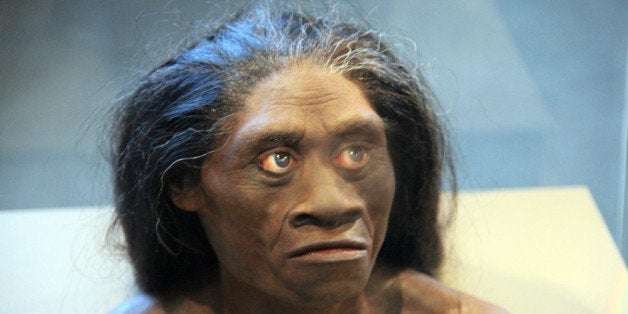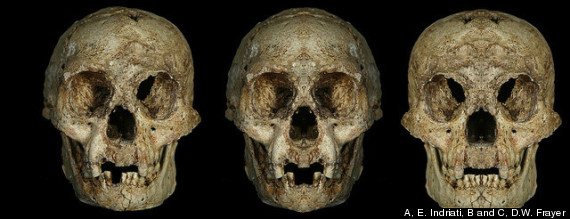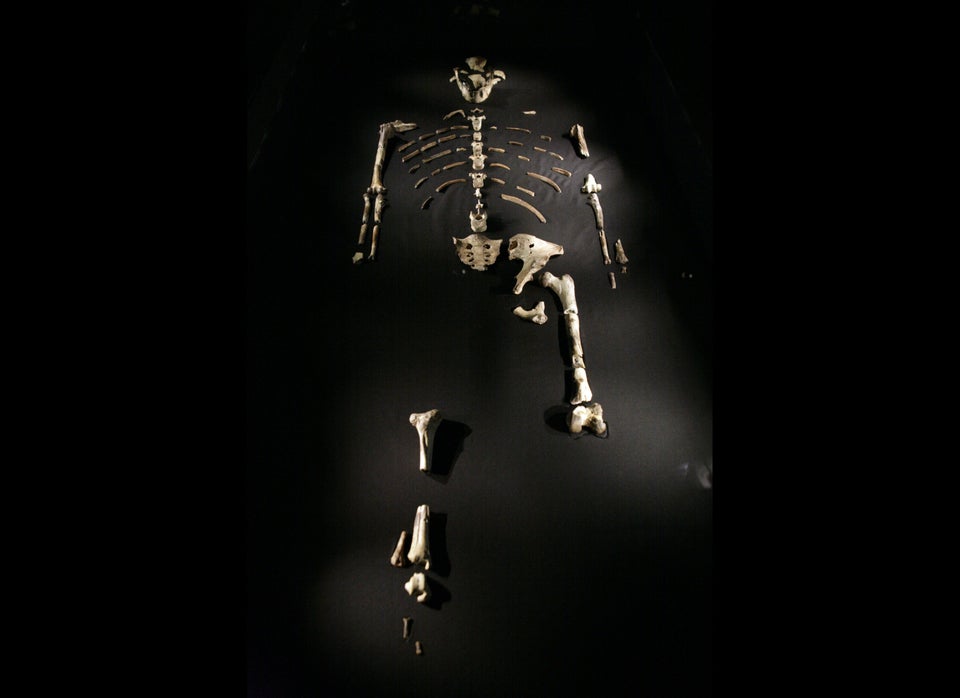
Were scientists all wrong about prehistoric "hobbits?"
When researchers unearthed fragments of several ancient skeletons on the small Indonesian island of Flores a decade ago, they thought they had discovered an entirely new human species. This hominid -- since then known officially as Homo floresiensis and informally as the "hobbit" human -- apparently stood three and one-half feet tall and had a brain about one-third the size of the brains of modern humans.
The discovery caused a stir among paleontologists, many of whom doubted the bones belonged to a new species. As science journalist Tabitha Powledge wrote in a PLOS Biology article in 2006:
The tiny hominid bones... have quickly become as celebrated (and derided) as any find in the tempestuous history of human paleontology. The mystery that shrouds these ancient skeletons... seems to deepen with every study published. Two main camps have emerged, each certain they can settle the question. But many other paleoanthropologists confess they still have no idea.
Now, two new studies could put an end to the debate. They indicate that the unusual bones came from a human affected by Down syndrome.
"When we first saw these bones, several of us immediately spotted a developmental disturbance," Dr. Robert B. Eckhardt, a professor of developmental genetics and evolution at Penn State and co-author of one of the studies, said in a written statement. "But we did not assign a specific diagnosis because the bones were so fragmentary. Over the years, several lines of evidence have converged on Down syndrome."
Down syndrome is a genetic disorder that affects roughly one per thousand babies born each year.
"Unusual does not equal unique," Eckhardt added, referring to the bones' atypical shape. "The originally reported traits are not so rare as to have required the invention of a new hominin species."
Eckhardt and his team reanalyzed the skull of LB1, the most complete skeleton discovered in Flores' Liang Bua Cave, which dates back 15,000 years. LB1 was used by previous researchers as evidence for the existence of the new species.
Eckhardt's team noted the skull's facial asymmetry, which is characteristic of Down syndrome and other disorders. They also found that LB1's short thighbones and the skull's small circumference fell within the range for a modern human with Down syndrome.

LB1 in three different views to illustrate facial asymmetry. A is the actual specimen, B is the right side doubled at the midline and mirrored, and C is the left side doubled and mirrored. Differences in left and right facial architectures are apparent, and illustrate growth abnormalities of LB1.
That's not all. When the researchers measured the skull's cranial volume, they arrived at a figure of 430 milliliters (26.2 cubic inches), in contrast to original figures that pegged the cranial volume at 380 milliliters (23.2 cubic inches). It seems like a small difference but has big implications, the researchers noted.
"The difference is significant, and the revised figure falls in the range predicted for a modern human with Down syndrome from the same geographic region," Eckhardt said.
And that's why Homo floresiensis may just be plain old Homo sapiens.
The studies were published Monday in the Proceedings of the National Academy of Sciences.
